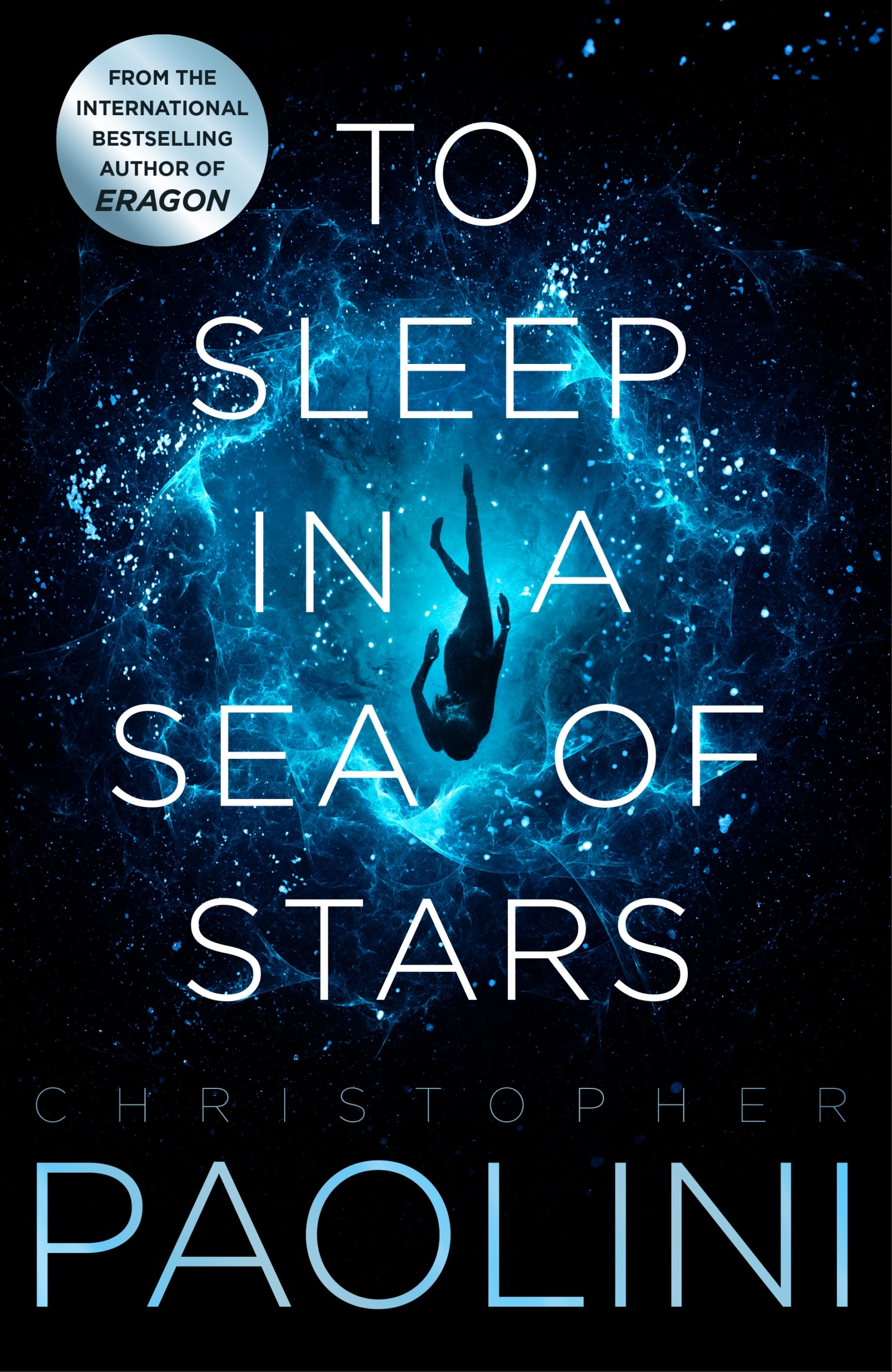To Sleep in a Sea of Stars is a big, epic space opera full of lasers, aliens, spaceships, battles, and — most importantly — tentacles. On publication of his debut adult novel, Eragon author Christopher Paolini talks exclusively to SciFiNow about this labour of love, time travel and an ol’ rant…
In creating To Sleep, the bulk of my energy went into developing the characters and story, as is only right. Neither of them are the topic of this essay. Rather, allow me to indulge in a minor (but justified) rant about the use of technology in science fiction, and specifically about the use of faster-than-light spaceship drives.
To be clear, I have FTL-capable spaceships in To Sleep. It’s a necessity if you want to write a story that spans multiple star systems and doesn’t need hundreds, if not thousands, of years to get your characters from point A to point B. The problem arises when stories use FTL technology but ignore the major implication/downside of FTL, which is . . . time travel. Yup, special relativity tells us that without additional constraints, any machine that allows you to go faster than light will also allow you to travel into the past (or at the very least, send information into the past, which is nearly as good). Star Trek’s warp drive, Star Wars’s hyperdrive, Battlestar Galactica’s jump drive, The Expanse’s wormhole, and the ships in Guardians of the Galaxy would all allow for time travel — and those are just some of the obvious examples.
Most books, movies, or TV shows that use FTL ignore this eensie-weensie-totally-not-important point for the sake of telling a good story. And I get it. Delving into technical obscurities may do nothing to help your story, and indeed, may actually harm it.
BUT. There are two major downsides to ignoring this truth. One: it can allow for the sorts of undisciplined time travel that we see in Star Trek, where it’s possible some of the time but not all, and there are no clear rules or regulations. And two: it requires the characters to be idiots. In this case, the writer is aware of the problem but doesn’t allow the characters to grapple with it. (I find this approach highly annoying).

The easiest solution is to write a quick line of technobabble to explain why time travel isn’t possible. While not entirely satisfactory, it at least allows the informed audience member to relax and say: “Ah, okay, I don’t have to worry about this.”
A better solution is to spend some serious time working out the implications of your invented technology/physics, so as to really, really make sure that whatever you’ve come up with is internally consistent. Consistency is incredibly important when it comes to maintaining suspension of disbelief in an audience. Just as readers would have a problem if Harry Potter started talking with a French accent and building a life-sized replica of the Eiffel Tower on the moon, so too readers would have a problem if you blatantly ignored the possibilities of your technology/physics. It’s the same with magic in fantasy. You never want your reader to say: “Yeah, but why couldn’t they just do this with the magic? The battle would have been over in two shakes of a wand!”
Now, most authors, even those who write science fiction, don’t have a PhD in physics. That’s okay. There are tons of resources on the internet, and with a few days of research, you can do a lot to expand your understanding. I firmly believe that the more writers do this, the more they will produce interesting and unique stories. It takes work to stand out from the crowd, but the effort is worth it. Restrictions and/or problems in worldbuilding shouldn’t be ignored. Rather, they should be embraced as opportunities for creativity.
As for myself, I didn’t use warp drives in To Sleep. Nor jump drives, hyperdrives, wormholes, slipspace, mass effect fields, or any of the other methods so often employed in fiction. What I developed was a technology that does allow for FTL, doesn’t allow for time travel, doesn’t contradict physics as we know it (a tall order), and most importantly . . . allowed me to tell the story I wanted.
Which meant I could focus on those tentacles. And the occasional pun (because what’s the point if the characters can’t laugh when things get hard?).
Okay. Rant over. Back to the writing for me!
p.s. For the record, I have nothing against time travel as a story device. It’s just nice to see it deployed with purpose instead of being an unintended side effect.
To Sleep in a Sea of Stars is out now from Tor. Win a copy of the novel here.
